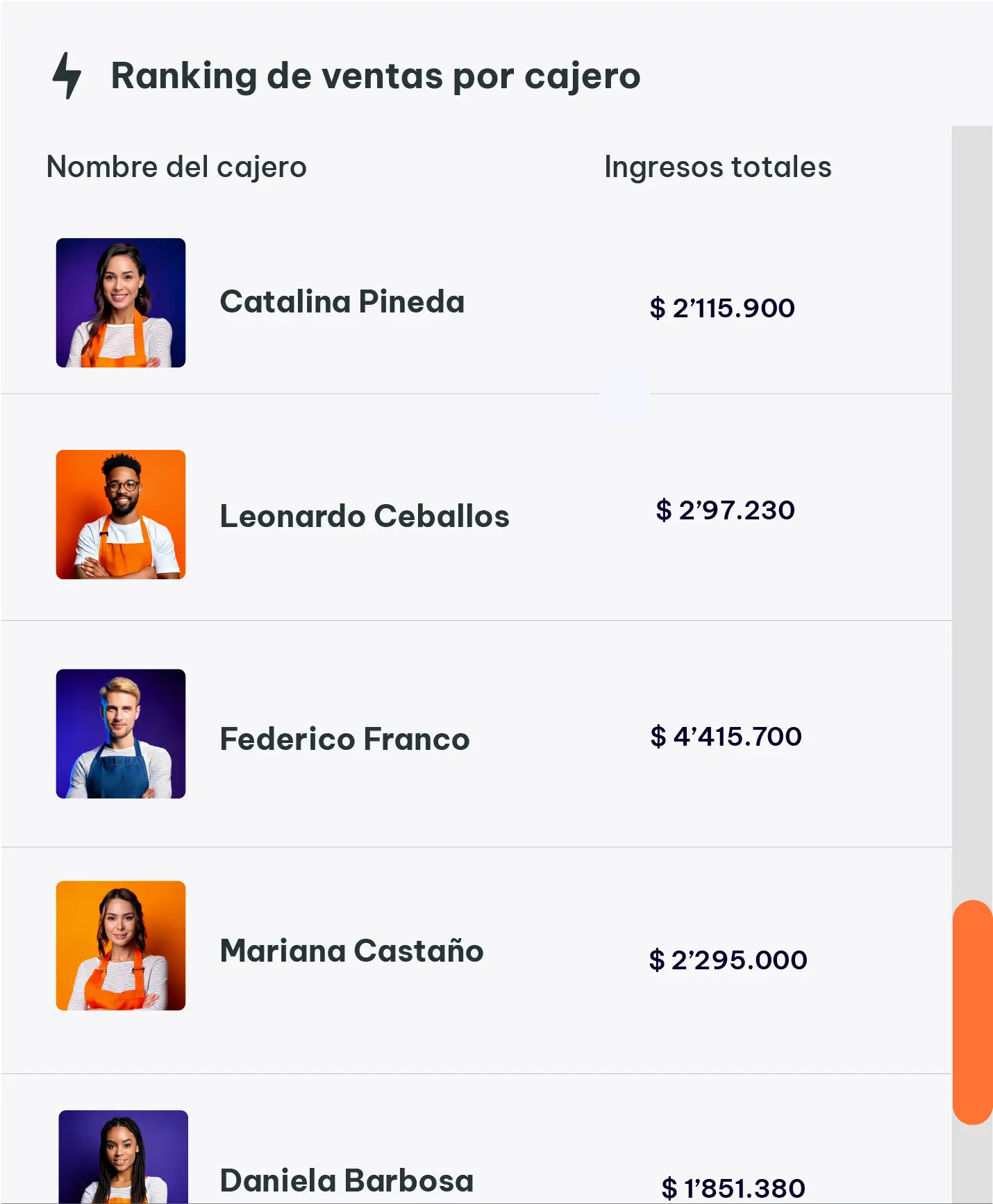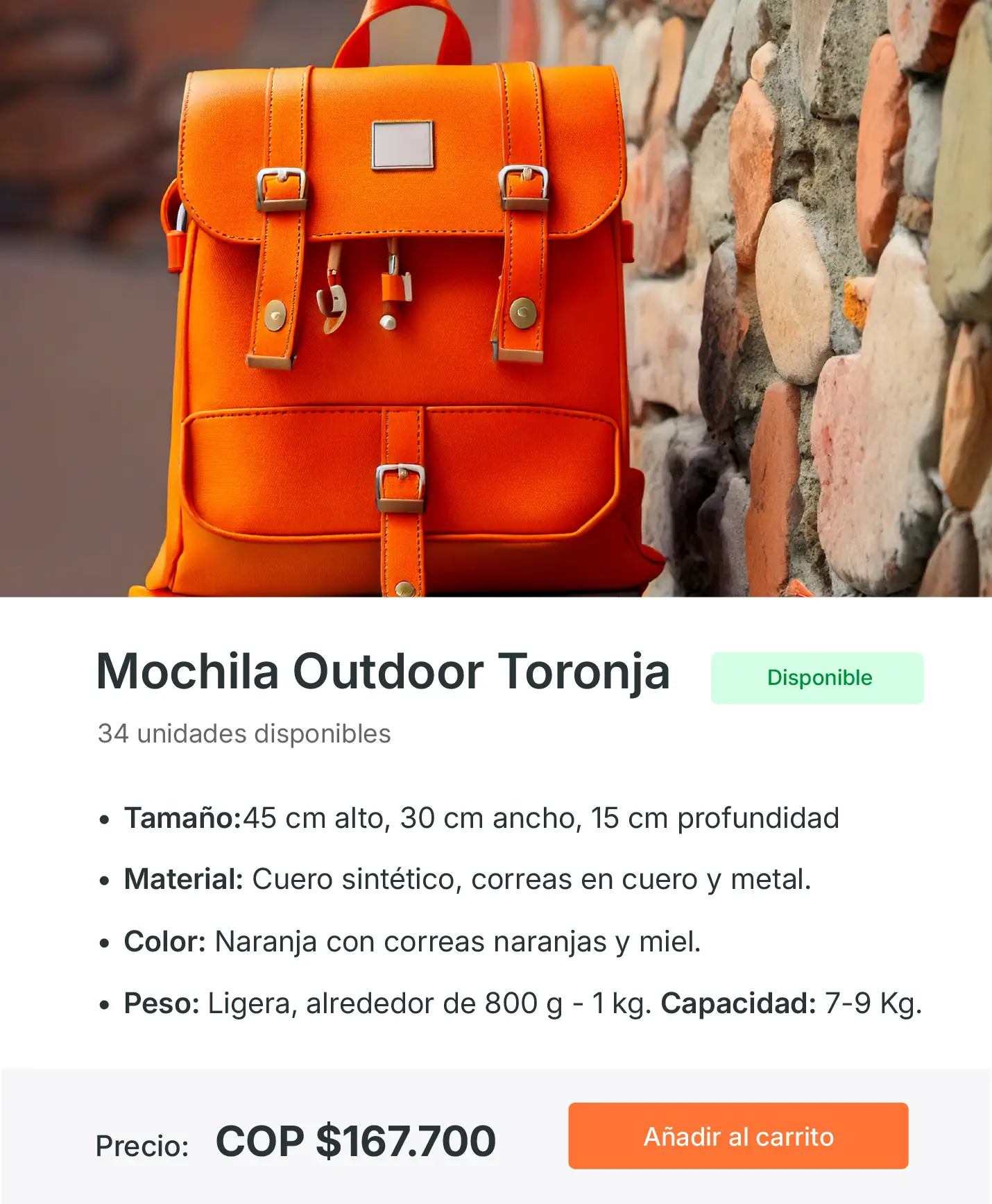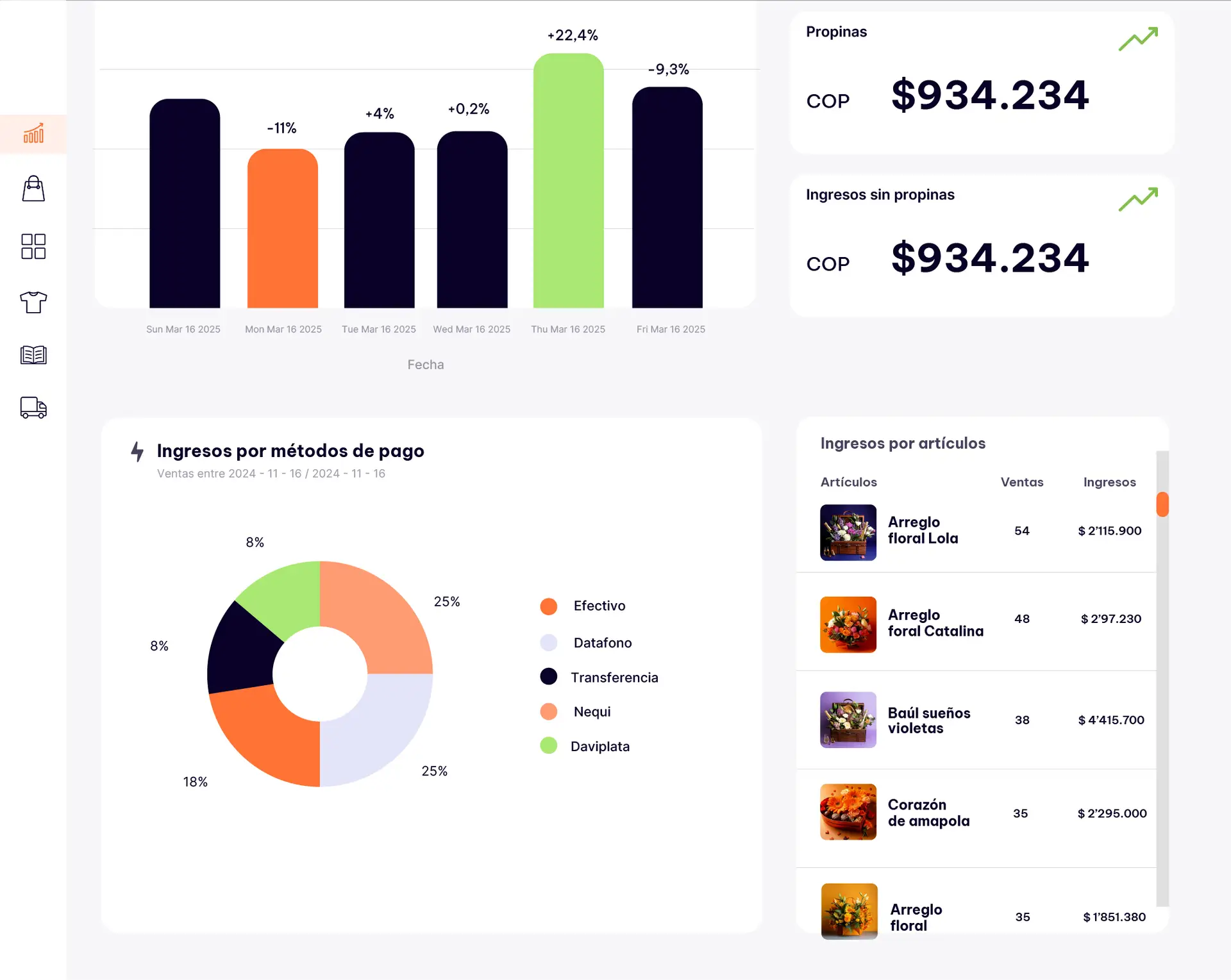Introduction: The Growth Gap That Nobody Talks About
You’ve seen it. Two stores open at the same time, on the same street, selling similar products. One takes off in a few months — full of customers, buzzing online, growing steadily. The other? It barely moves. Same location, same type of store… completely different outcomes.
Why?
The uncomfortable truth is: growth is not automatic. Opening your doors is not enough. Working hard is not enough. Even having a good product is not enough. Growth comes from specific behaviors, mindsets, and decisions that many small retailers aren’t even aware of.
And that creates a massive gap — not just in revenue, but in confidence, motivation, and long-term sustainability.
Some store owners start small and scale fast. Others stay small, not by choice, but because they get stuck in cycles that prevent growth: guessing instead of testing, doing everything alone, avoiding change, or chasing trends without strategy.
This article is about breaking that cycle.
We’ll explore five key reasons why some stores grow faster than others — with real-world insights and practical advice you can apply to your business starting today.
Whether you’re just starting or already running your store, these lessons will help you step back, see the bigger picture, and make smarter decisions that lead to growth — not just survival.
Let’s begin by looking at what fast-growing stores do before they invest in more products, ads, or locations.
1. They Know Who They’re Selling To — and Obsess Over Them
Fast-growing retailers are not for everyone — they’re for someone specific. They grow because they focus on a clear target customer and work to understand them deeply.
Instead of saying “we sell to everyone,” they say:
“We serve working moms who care about healthy, affordable snacks.”
“We serve Gen Z women who want unique, expressive fashion pieces.”
“We serve pet lovers who treat their animals like family.”
Why does this matter? Because it gives you focus.
You design better products. You create stronger messaging. You run smarter promotions. You attract loyal customers instead of just traffic.
Growth happens faster when every decision — from shelf layout to Instagram captions — is made with one clear person in mind.
Examples in action:
- A bookstore that only carries titles by Latin American authors — instantly connects with a specific audience.
- A bakery that only sells gluten-free items — becomes the go-to place for a niche.
- A beauty shop that shares tips for busy moms — builds emotional relevance and trust.
Common mistake: Trying to attract everyone leads to generic marketing and unclear value. People scroll past you, walk past your shop, or never come back — not because you’re bad, but because you’re blurry.
Practical Exercise
Write a one-sentence description of your ideal customer. Then ask:
- Would this person feel like I built this store for them?
- If not, what needs to change — in my products, branding, or communication?
2. They Measure What Matters (and Ignore Vanity)
Fast-growing stores don’t just look busy — they measure progress with intention. They know which numbers matter, and which ones are just noise.
They don’t obsess over likes or followers if those don’t lead to sales. They don’t track dozens of KPIs just to feel “data-driven.” Instead, they focus on a few high-impact metrics, like:
- Conversion rate (how many visitors become buyers)
- Customer return rate (how often people come back)
- Average order value (how much people spend)
- Top-selling products vs. dead inventory
- Customer acquisition cost (how much they spend to get each new client)
These metrics give them clarity. They see what’s working. They stop wasting money. They make changes fast — because the numbers tell them where the problems are.
Real-world example:
María runs a small gift shop. She realizes that her Instagram giveaways bring tons of followers… but almost no new sales. She shifts focus to in-store events and WhatsApp campaigns — and sees a 30% increase in monthly revenue.
Common mistake: Measuring what’s easy instead of what’s useful. For example, tracking foot traffic without tracking how many actually buy.
Practical Exercise
Choose 3 metrics that directly relate to growth, not just activity. Track them for 4 weeks. What surprises you? What decisions can you make with this data?
3. They Build Systems — Not Just Sales
Fast growth isn’t just about selling more — it’s about being ready to handle more.
Many stores hit a wall when demand increases, but their systems fall apart. They run out of stock, mix up orders, or burn out from doing everything manually.
Stores that grow sustainably have simple systems that help them scale:
- Inventory management: They know what they have, what’s moving, and what needs restocking.
- Customer databases: They collect phone numbers, emails, or purchase history to re-engage clients.
- Loyalty programs: They reward frequent shoppers and create habits.
- Automated messages: Reminders, thank-yous, or special offers go out without manual work.
- Standard procedures: Even small teams know how to pack orders, restock shelves, or handle complaints — without chaos.
These systems don’t need to be expensive. They can start in Excel or with a basic POS system. The goal isn’t complexity — it’s consistency.
Example:
Luis opens a small liquor store. After a few months, demand grows — but he keeps forgetting supplier orders and runs out of top-selling items. He builds a weekly checklist and basic reorder alert in his POS. Sales stabilize — and his stress drops.
Common mistake: Believing systems are only for “big” businesses. In reality, systems are what help you become one.
Practical Exercise
Pick one process in your store that feels messy or inconsistent. Outline 3 simple steps to make it more repeatable. Then test it for one week.
4. They Stay Consistent — Not Just Motivated
Growth doesn’t come from doing one big thing once. It comes from doing small things over and over, even when no one is watching.
The most successful retailers aren’t the most passionate — they’re the most disciplined.
They show up. They keep posting. They keep testing. They stay open on slow days. They stick to their pricing strategy even when tempted to discount out of fear.
They understand that consistency compounds.
- Posting three times a week brings more engagement than a burst of 10 posts in a weekend.
- Following up with customers weekly brings more results than one huge giveaway.
- Reviewing your numbers every Monday brings more clarity than a panic check every 3 months.
Consistency builds trust. It helps you notice patterns. It creates momentum.
Real-world example:
Ana sells handmade accessories. She starts posting every Monday, Wednesday, and Friday at 6 PM — no matter what. At first, she gets 2–3 likes. But by week 6, her posts get shared. By month 3, she’s receiving daily DMs. Not because of luck — because of rhythm.
Common mistake: Starting strong, then disappearing. Customers forget you fast. The market moves quickly. If you’re not consistent, you’re invisible.
Practical Exercise
Choose one recurring task that supports growth (posting, reviewing stock, contacting customers). Schedule it weekly for 30 days. Track what changes — in results and in your confidence.
5. They Learn Fast — and Let Go Faster
What works today might not work tomorrow. Fast-growing stores succeed because they are learning machines. They test, observe, improve — and are not emotionally attached to what doesn’t work.
They ask:
- Is this promotion still bringing results?
- Are people still responding to this display?
- Is this product still worth restocking?
- Are we assuming something that’s no longer true?
They listen to feedback without getting defensive. They update their strategies. They let go of old ideas — even if they worked in the past — if those ideas no longer serve their customers.
Growth isn’t linear. It’s adaptive.
Example:
Camilo launches a café with heavy branding around “office workers.” But after 3 months, he notices most regulars are students. He adapts his hours, adds student discounts, and offers group study tables. His revenue grows — not because he had the right plan, but because he changed the plan.
Common mistake: Confusing consistency with stubbornness. You can be consistent in your effort — and flexible in your strategy.
Practical Exercise
List 3 things you’ve been doing the same way for months. Ask yourself:
- Is this still working?
- What does the data say?
- What would I try if I wasn’t afraid to change?
Final Reflection: Growth Is a Skill — Not a Secret
It’s easy to believe that some stores just “have it” — the perfect location, the right products, a lucky break. But look closer, and you’ll see something different.
You’ll see habits. Discipline. Strategy. Adaptability. Systems. Focus.
The truth is: growth is not a mystery. It’s a skill.
It’s built by store owners who are willing to learn faster than their problems grow. Who stop guessing and start measuring. Who know their customer better every month. Who build structure, not chaos. Who show up with consistency and tweak with intelligence.
This doesn’t mean growth is easy. But it does mean it’s possible — even for small stores with limited budgets, no fancy marketing team, and no viral products.
If you’re feeling stuck, you don’t need to change everything.
You just need to ask better questions:
- Am I clear on who I serve?
- Am I tracking what matters?
- Am I ready for growth — or just wishing for it?
- Am I consistent in effort — or only motivated in waves?
- Am I learning… or just repeating?
Because the truth is, your store doesn’t grow by accident.
It grows when you grow.
So look at where you are. Choose one principle from this article. Apply it this week. Then come back. Read again. Level up. And watch what happens when small, smart actions stack up.
That’s the difference between staying stuck — and growing fast.





